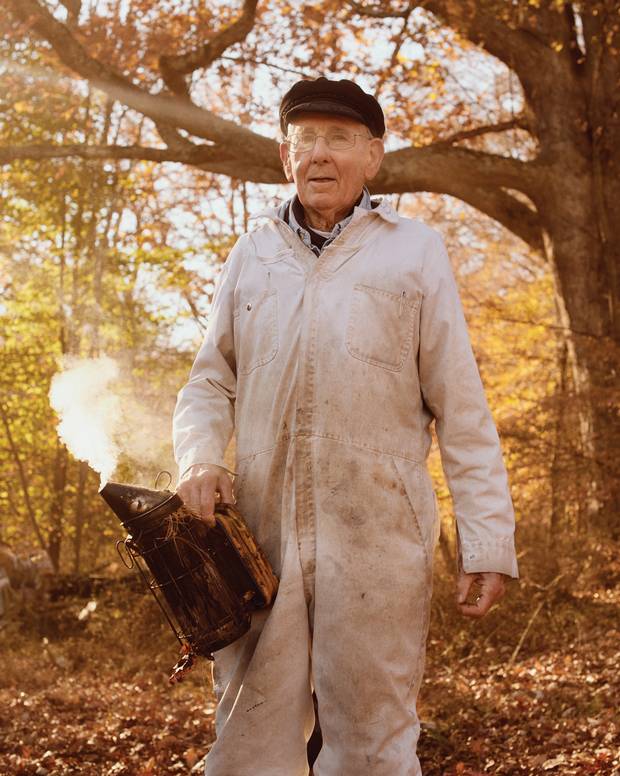
Investors and reporters are fascinated with value-investing icons. Should we be paying more attention to top-down specialists?
Many of the bottom-up guys were content until 2008 came along. We then picked up lots of clients for our consulting business—hedge funds and so on—who decided they'd better pay attention to what was happening on the macro level.
I'm sure you've seen this Peter Lynch quote: "If you spend 13 minutes a year on economics, you've wasted 10 minutes." What do you make of it?
Well, those guys are playing their own records, aren't they?
So how did you make money from a macro call like the collapse of the housing market?
John Paulson called me out of the blue in July 2006. He'd read some of my reports on the housing bubble. He was buying credit default swaps. They're essentially puts [which give the holder the right to sell an asset at a specified price within a specified time]. Your downside is limited. He figured the maximum loss on the investment was 25%, but the upside was much more interesting. So I put down what, for the Shillings, was a major piece of money. We made 15 times our money.
How should average investors approach top-down analysis? Should they do it themselves?
I think they'll have to do some of it themselves, particularly as a self-defence mechanism. There's a tremendous bias toward bullishness. People on Wall Street are paid to say stocks are going to rise forever. There's also this great human gambling instinct. People love to go to cocktail parties and talk about some stock they have that climbed 10 times. They don't talk about their whole portfolio.
What was your best call ever?
Back in 1981, I said we were entering the bond rally of a lifetime. The yield on 30-year U.S. treasury bonds was 15.2%. Now it's 2.8%. Since the early '80s, treasuries have outperformed the S&P 500 by six times. Yet, most people don't have an interest in treasuries or bonds in general—except those who are chasing high yields, and they get into junk, leveraged loans, emerging-market debt and things like that.
Your most recent book, The Age of Deleveraging, came out in 2011, and it discussed 10 investments to buy and 12 to avoid. How did those recommendations work out?
The buys worked out pretty well. I mentioned treasuries again, along with income-producing securities and consumer staples. We were negative on commodities and Japan, and those worked. But some of the others—banks, homebuilders…basically, with the Fed and the other central banks flooding the world with money, a rising tide lifts all boats. I thought some of them were vulnerable.
What stocks do you like now?
We don't pick stocks. I'll stay in my sandbox, not the other guy's. We use ETFs—things like utilities, India, health care and so on. Academic studies show that, of the average stock's performance, about 50% comes from the market and 30% is the industry. That leaves just 20% for the individual company action. If you're right on the economy and the sector, you've got the lion's share there.
How low can inflation and bond yields go?
I've been on record as saying 2% on the 30-year treasury and 1% on the 10-year.
Will we get there soon?
One great forecaster said: Forecast what will happen or when, but not both.
Don't things have to turn at some point? Will that happen in your lifetime?
That's a very good question. My dad made it to 91, and my mother made it to 100. There's a chance. /Interview by John Daly
